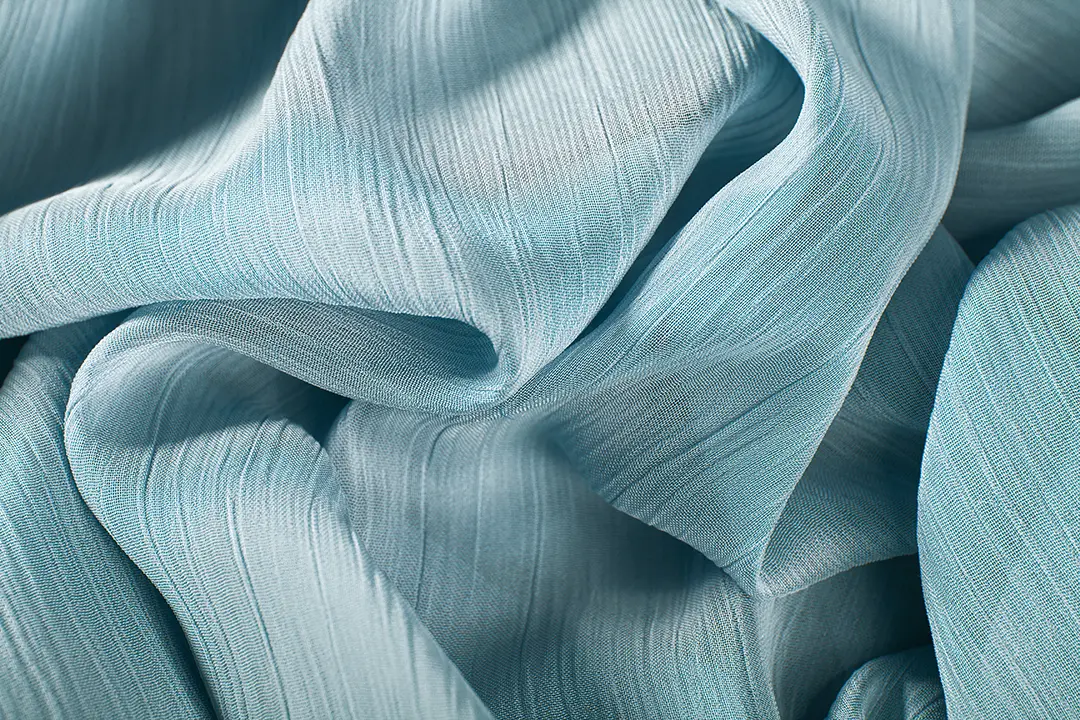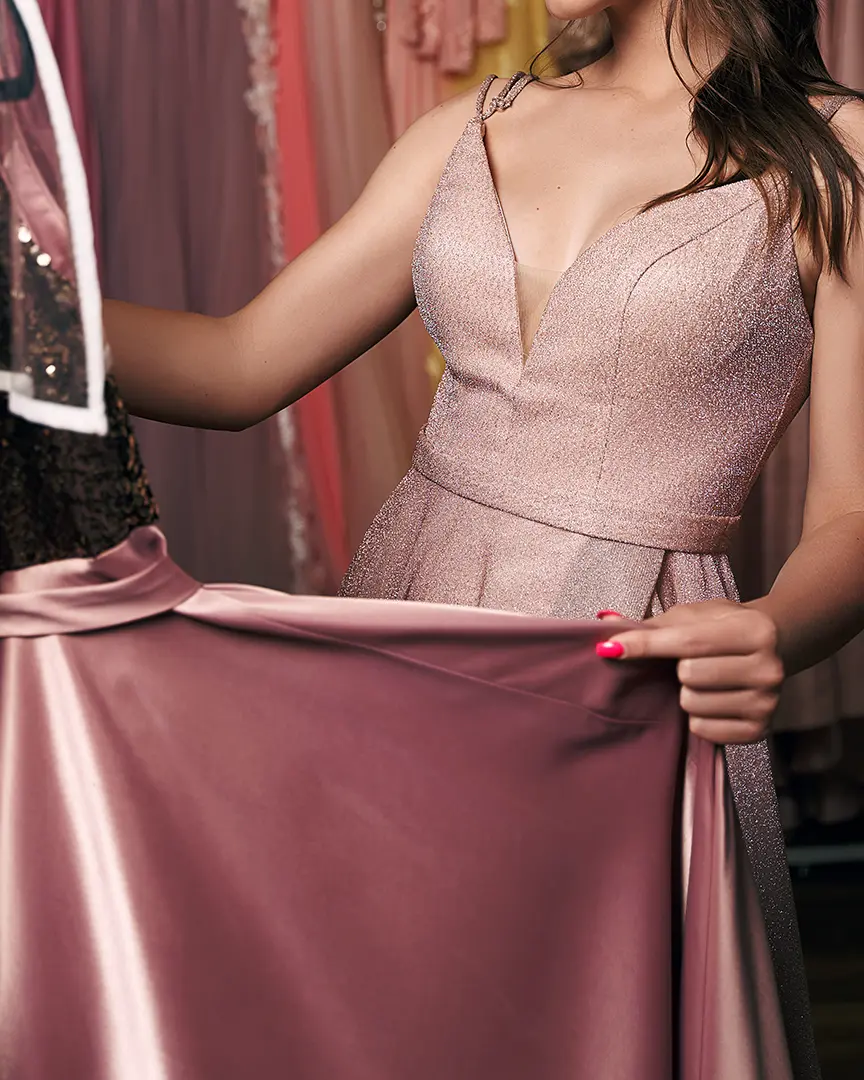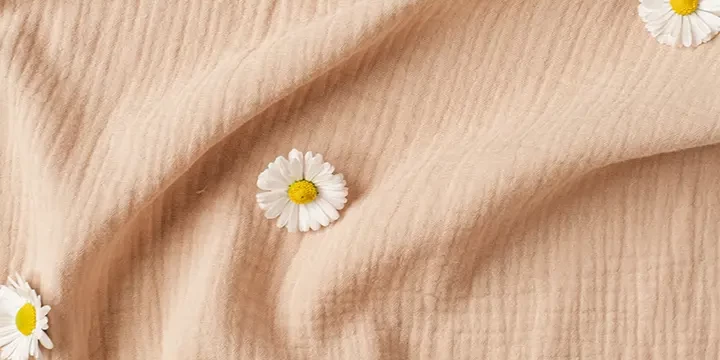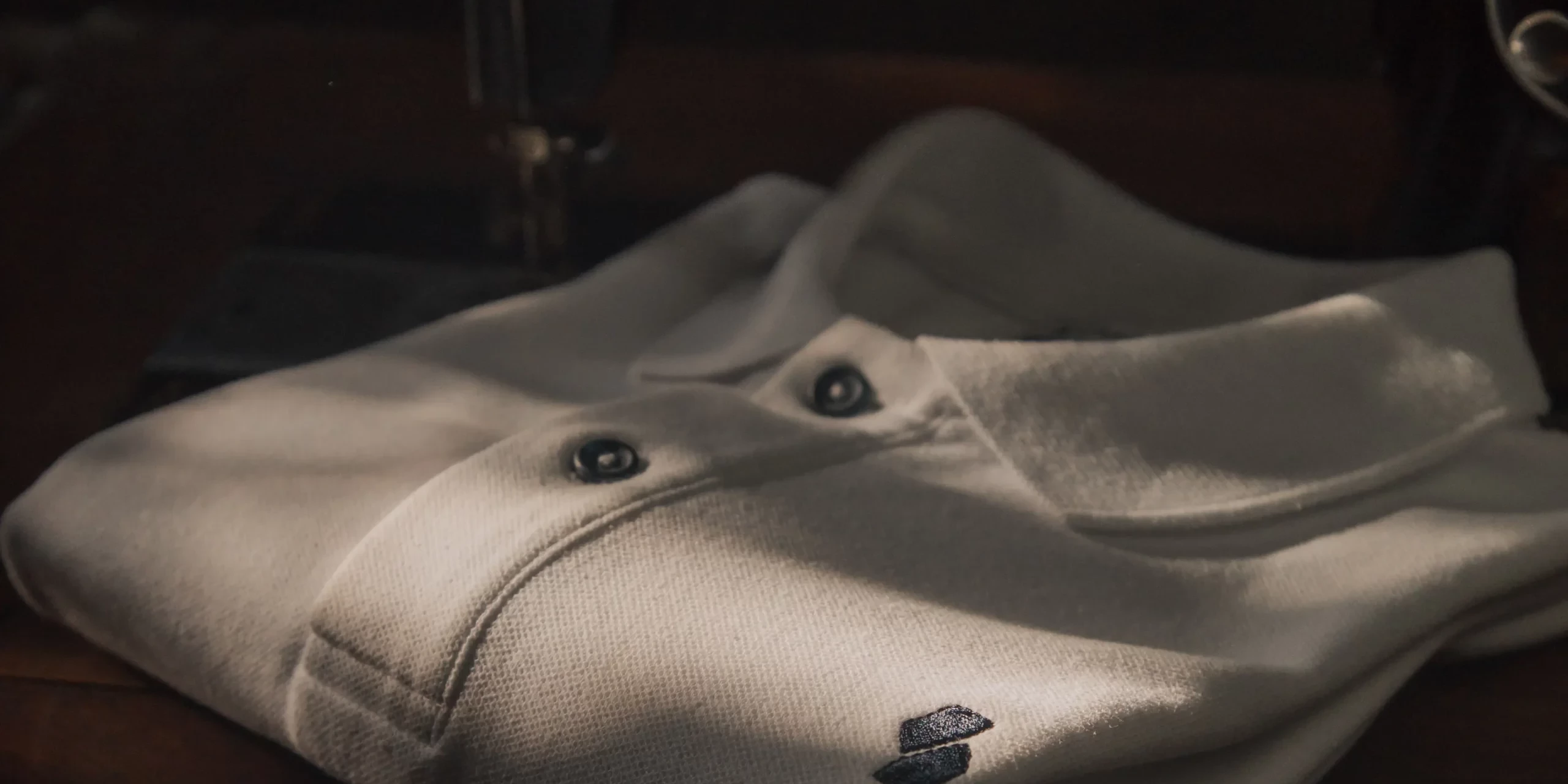Everything you need to know about Chiffon Fabric
Chiffon is a widely used fabric due to its delicate, lightweight, and translucent qualities. Historically crafted from silk, it was once considered a luxury item reserved for the wealthy. However, it is now more readily available as it can be produced using synthetic and blended materials. This article delves into the origins of chiffon, its manufacturing process, and its typical modern-day uses, catering to those with an interest in the realm of textiles.

Table of Contents
ToggleWhat is Chiffon?
Lightweight, thin, and translucent, chiffon is a delicate and sheer fabric. It is woven with a straightforward structure out of a variety of materials.
Chiffon was first exceedingly costly since it could only be produced from silk. At the middle of the 19th century, it became more fashionable among rich ladies in Europe and the US. The word “chiffon,” which has French roots, is now widely used to refer to any kind of expensive, translucent cloth made in a similar manner.

Chiffon was first developed in France and became popular worldwide during the Industrial Age. In the early 1900s, silk chiffon was widely produced in the United States, but manufacturers began looking for a substitute material to use instead of silk.
In 1938, a nylon version of chiffon became available for consumer use. Nylon was considered a miraculous fabric at the time that would replace almost all organic synthetic fabrics. However, serious issues with nylon as a chiffon fabric quickly became apparent, and for a long time, most chiffon was made from silk again.
In 1958, a polyester version of chiffon was developed, and most chiffon today is made from this entirely synthetic material. While polyester is still the most commonly used material for chiffon, manufacturers have also experimented with using rayon. In some cases, cotton can also be used, but it is not as suitable for chiffon as many other synthetic or semi-synthetic materials.
Chiffon is unique due to the method used to produce it. The weaving method used to make chiffon is called S-twist and Z-twist alternating, resulting in a slightly crinkled fabric that helps increase elasticity and creates a more textured appearance. This weaving method also contributes to chiffon’s relatively rough feel.
While most chiffon today is made from polyester, silk chiffon garments are still considered luxurious items. Chiffon is used in everything from bows and ribbons to wedding dresses. People all over the world wear chiffon, and it continues to be popular.
It is worth noting that chiffon fabric exists and appears independently of the original silk chiffon trend that originated in France. For example, some indigenous groups in Ethiopia and Eritrea have produced chiffon-like garments made from silk for hundreds of years. These outfits are often long dresses that reach the ankles and are often painted in bright colors.
Additionally, chiffon has been produced in India for many centuries and is widely used in saris, traditional women’s clothing in India. Like in France and other Western countries, silk chiffon was once used as a symbol of status in India, but it has become more popular.

How is chiffon fabric made?
Chiffon fabric is created using different methods, depending on the material used to weave it. For instance, polyester production involves no organic components, and this fabric is made entirely from synthetic compounds synthesized in the laboratory.
Regardless of the basic material used to make chiffon fabric, weaving chiffon follows a uniform pattern. The fibers are arranged in S and Z-shaped curves and then woven together using a weaving frame or industrial loom.
Because of its smooth structure, sewers can place paper sheets on both sides of the chiffon fabric during sewing to ensure it stays in place. After the chiffon fabric garment is produced, the paper is carefully torn off.

How is chiffon fabric used?

Where is chiffon fabric produced?
China is currently the largest exporter of finished chiffon fabric products in the world. However, the silk or cotton used to make these garments may be sourced from other countries before being sent to Chinese companies for finishing. For instance, companies based in India, Pakistan, and Bangladesh may export their silk to China for final processing, or they may produce silk chiffon fabrics within their own countries.
Due to the wide range of chiffon fabrics made from different materials, it is challenging to identify a clear leader in the global market for this product.
What are the different types of chiffon fabric?
Chiffon fabrics come in various styles and are made using different materials.
• Crepe chiffon silk fabric is what most people think of when asked to imagine chiffon. Satin chiffon fabric is softer than crepe silk, and it is more transparent and lighter.
• Pearl chiffon fabric has a pearl color and a shiny texture, while Jacquard chiffon fabric is quite thin and gives a heavy feeling when held up.
• Chameleon chiffon fabric is one of the rarest types on the market, and its name comes from its multi-tone appearance.
How does Chiffon fabric affect the environment?
The possible environmental effects of chiffon manufacture mostly rely on the materials used to make the fabric. In general, producing fully synthetic textiles has a greater negative impact on the environment than producing semi- or organic textiles. Nonetheless, it’s crucial to consider the diverse production methods that different manufacturers use.
Polyester and nylon, which are frequently used to make chiffon, are both made from petroleum, a non-renewable resource. Petroleum extraction is energy intensive and almost always has an adverse effect on the environment. The ecology is harmed by the processing of petroleum. Because nylon and polyester are non-biodegradable and their byproducts can either be disposed of appropriately or improperly, they both contribute to the buildup of garbage in landfills, streams, and forests around the world.
On the other hand, silk-based chiffon fabric has very little of an influence on the environment. The manufacture of silk is environmentally safe and environmentally sustainable.

Producing cotton typically has a minor environmental impact, as the process of creating cotton fibers for fabric is generally eco-friendly. While some potentially harmful chemicals may be used during the bleaching or cleaning of cotton, sustainable practices are typically employed in cotton production. Furthermore, cotton as a fabric is biodegradable, making it a sustainable choice.
On the other hand, certain types of chiffon fabric are manufactured from rayon, which has a significant environmental impact. Although rayon is somewhat more biodegradable than pure synthetic fabrics like polyester or nylon, the chemicals used to produce this semi-synthetic fabric are highly toxic and can be damaging to the surrounding ecosystems or workers at rayon manufacturing plants.


